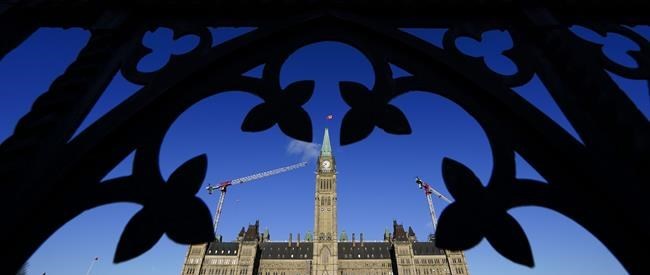OTTAWA — The federal government ran a deficit of nearly $69 billion over the first half its fiscal year, almost $130 billion less than the treasury pumped out during the same stretch one year earlier.
The Finance Department's fiscal monitor says the budgetary deficit between April and September was $68.6 billion, down from the $198.1 billion recorded over the same months in 2020 when COVID-19 first struck.
The report Friday says the deficit now reflects current economic challenges caused by COVID-19, including ongoing public health restrictions.
Program spending, excluding net actuarial losses, between April and September was $225 billion, a decline of about $83.9 billion, or27.2 per centdrop, from the $308.9 billion in the same period one year earlier.
The decline largely reflects lower amounts paid in emergency benefits to individuals and businesses.
Year-over-year, emergency benefits to workers declined by 66.2 per cent, or $26.4 billion, toalmost $13.5 billion from almost $39.9 billion, while the wage subsidy declined by 61 per cent to $17.2 billion from $44.1 billion between April and September.
The Finance Department says the decline of $26.9 billion for the wage subsidy program reflects drops in the number of eligible workers and the average subsidy per employee.
Revenue between April and September reached over $175.8 billion, which was a $47-billion, or 36.5 per cent,increase from the$128.8 billion in the same period of the previous fiscal year, driven primarily by higher tax revenues.
Public debt charges were almost $11.7 billion, up $1.3 million or 12.5 per cent fromthe almost $10.4 billion recorded between April and September of 2020, which largely reflects higher consumer price index adjustments on real return bonds.
This report by The Canadian Press was first published Nov. 26, 2021.
The Canadian Press



